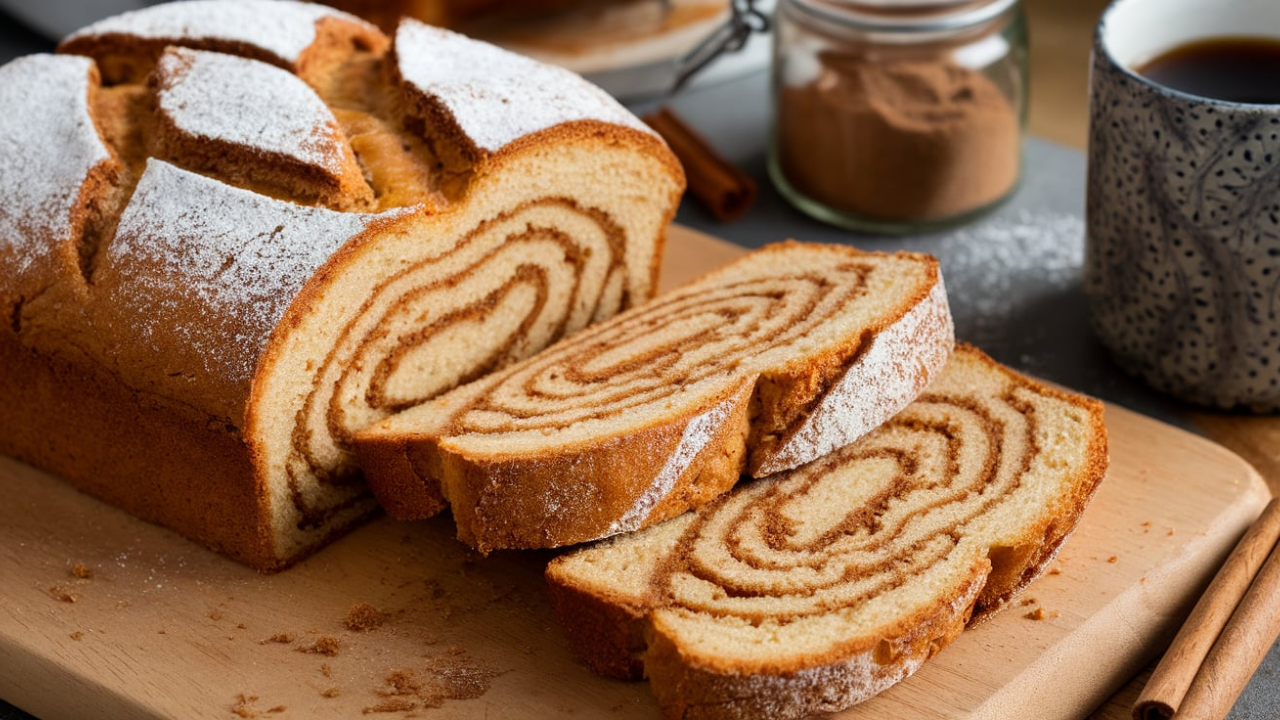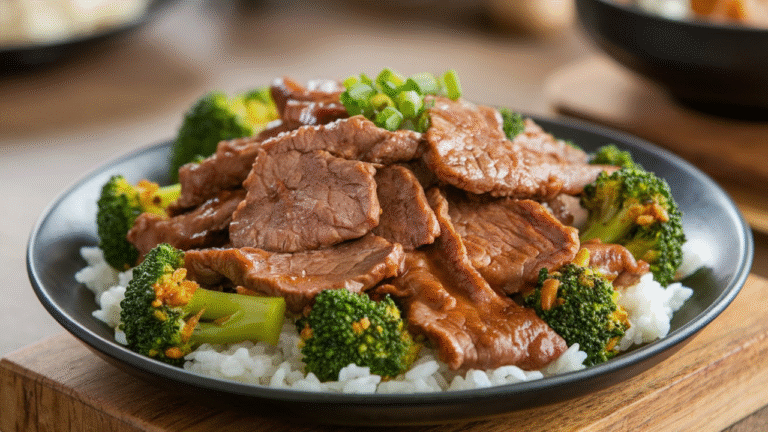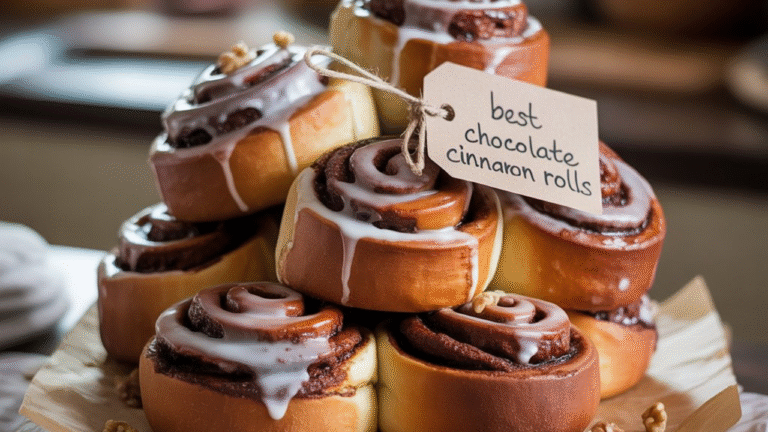If you’ve ever wanted to bake something that makes your entire house smell like a cozy country kitchen, Amish cinnamon bread is your ticket. It’s not flashy, not fussy, and doesn’t require a culinary degree—just some pantry staples, a bit of patience, and a willingness to get flour on your shirt. This bread is soft, sweet, and rich with warm cinnamon swirls, the kind of loaf that disappears slice by slice before it even has time to cool.
Let’s skip any overcomplication. You want to know how to make this bread—easily—and get it right the first time. I’ll walk you through every step like you’re in my kitchen, from ingredients to storage tips, so you’ll end up with a loaf (or two) you’ll be proud of.
Understanding Amish Cinnamon Bread
Before diving into mixing bowls and measuring cups, you should know what makes Amish cinnamon bread special.
This bread isn’t your typical cinnamon roll or quick bread. It’s more like a hybrid between a dessert loaf and a sweet breakfast bread. Traditionally, Amish recipes rely on simple, accessible ingredients—flour, sugar, butter, milk—that are easy to find even in rural settings. The cinnamon sugar mixture isn’t just a topping; it’s a layered swirl inside the bread, giving you bites of spice in every slice.
In many Amish communities, food is more than sustenance—it’s connection. Sharing bread is an act of hospitality. This particular recipe became popular because it’s a “starter-free” version of the classic Amish friendship bread (which uses a fermented starter). That means no waiting 10 days before baking—you can make it same-day and still enjoy that rich, homey taste.
Ingredients You’ll Need
Here’s the base list for two loaves of Amish cinnamon bread. Yes, two—because trust me, one loaf won’t last.
For the batter:

- 1 cup unsalted butter, softened
- 2 cups granulated sugar
- 2 large eggs
- 2 cups buttermilk (or substitute with milk + lemon juice)
- 4 cups all-purpose flour
- 2 teaspoons baking soda
For the cinnamon sugar mixture:
- 2/3 cup granulated sugar
- 2 teaspoons ground cinnamon
Why these ingredients matter:
- Butter gives the bread a tender crumb and rich flavor.
- Buttermilk adds tang and moisture, preventing dryness.
- Cinnamon sugar creates contrast—sweet, spicy swirls against the buttery bread base.
The Importance of Fresh Ingredients
It’s tempting to grab whatever’s in your pantry, but freshness matters here. Old baking soda can lead to dense loaves instead of fluffy ones. Stale cinnamon will make the bread bland instead of aromatic.
Here’s a quick checklist:
- Smell your cinnamon. If it doesn’t smell warm and spicy, it’s past its prime.
- Check the baking soda expiration date.
- Use fresh eggs—they contribute to lift and structure.
A 2023 USDA report found that about 32% of home bakers unknowingly use expired leavening agents, which is a top reason for failed bakes. Don’t let that be you.
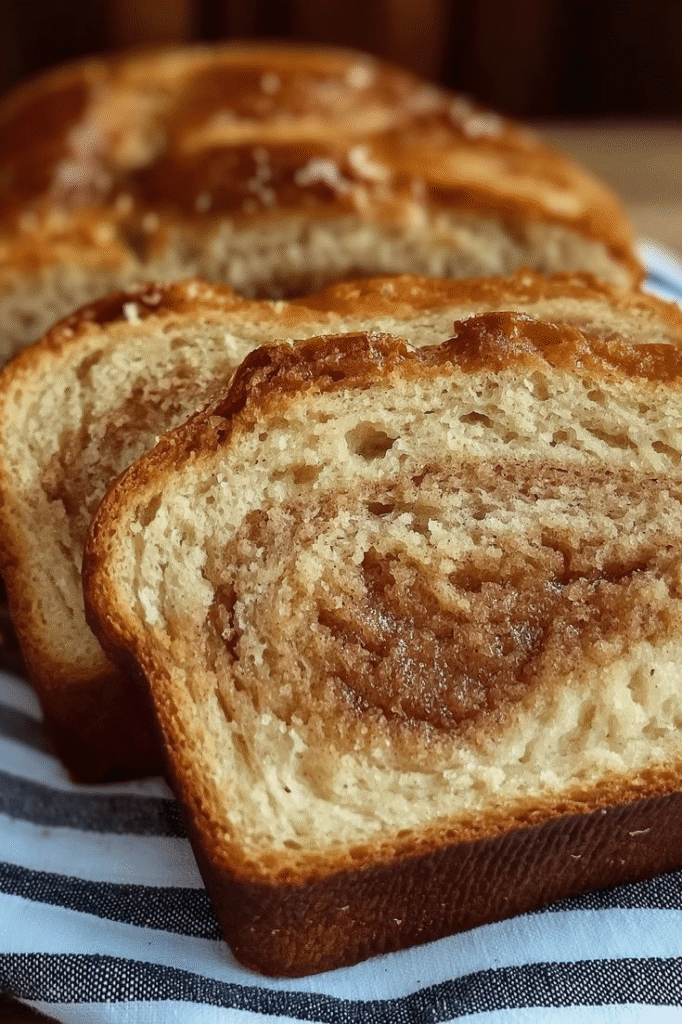
Step-by-Step Instructions
Step 1: Preheat and Prepare
Preheat your oven to 350°F (175°C). Grease two 9×5-inch loaf pans generously. You can also line them with parchment paper for easier removal.
Greasing well is non-negotiable—this bread has sugar swirls that caramelize slightly, and they’ll stick like glue if you skimp.
Step 2: Make the Cinnamon Sugar
In a small bowl, mix 2/3 cup sugar with 2 teaspoons cinnamon. Set aside.
This will be sprinkled in layers with the batter, creating those signature swirls.
Step 3: Cream the Butter and Sugar
In a large mixing bowl, beat 1 cup softened butter with 2 cups sugar until light and fluffy. This takes about 3 minutes with an electric mixer.
This step isn’t just busy work—it incorporates air into the batter, giving you lighter bread.
Step 4: Add Eggs and Buttermilk
Beat in the eggs one at a time, mixing well after each. Then stir in the buttermilk.
If you don’t have buttermilk, add 1 tablespoon lemon juice or vinegar to each cup of milk and let it sit for 5 minutes.
Step 5: Combine Dry Ingredients
In another bowl, whisk together 4 cups flour and 2 teaspoons baking soda. Add gradually to the wet mixture, mixing just until combined. Overmixing at this stage can make the bread tough.
Step 6: Layer the Batter and Cinnamon Sugar
Spoon a quarter of the batter into each prepared loaf pan. Sprinkle with 1/4 of the cinnamon sugar mixture. Repeat layers, ending with cinnamon sugar on top.
Tip: Use a butter knife to swirl gently through the batter for a marbled effect.
Step 7: Bake
Bake in the preheated oven for 45-50 minutes, or until a toothpick inserted in the center comes out clean. If the top browns too quickly, cover loosely with foil during the last 10 minutes.
Step 8: Cool and Slice
Cool in the pan for 10 minutes, then remove to a wire rack to cool completely. Slice only when fully cooled for neat pieces (though I’ve been guilty of cutting into it warm—it’s worth it).
Common Mistakes and How to Avoid Them
Mistake 1: Overmixing the batter
This activates too much gluten, resulting in a chewy loaf instead of soft bread. Mix only until you can’t see dry flour.
Mistake 2: Using cold butter
Cold butter won’t cream properly with sugar, leading to a dense texture. Always start with softened butter.
Mistake 3: Skipping pan preparation
The caramelized sugar swirls will stick stubbornly to ungreased pans. Grease well or use parchment.

Variations You Can Try
While the classic Amish cinnamon bread is perfect on its own, you can personalize it:
- Add nuts: Fold in 1 cup of chopped pecans or walnuts for crunch.
- Add fruit: Chopped apples or raisins add sweetness and texture.
- Glaze it: Drizzle with a simple powdered sugar glaze once cooled.
Storing and Freezing
This bread stores beautifully:
- Room temperature: Wrap tightly in plastic wrap or foil for up to 4 days.
- Freezing: Wrap in plastic, then foil, and freeze for up to 3 months. Thaw at room temperature.
Stat to remember: A National Frozen Food Association study shows that baked goods retain 90% of their original moisture when frozen within 24 hours of baking.
Serving Suggestions
Amish cinnamon bread is versatile:
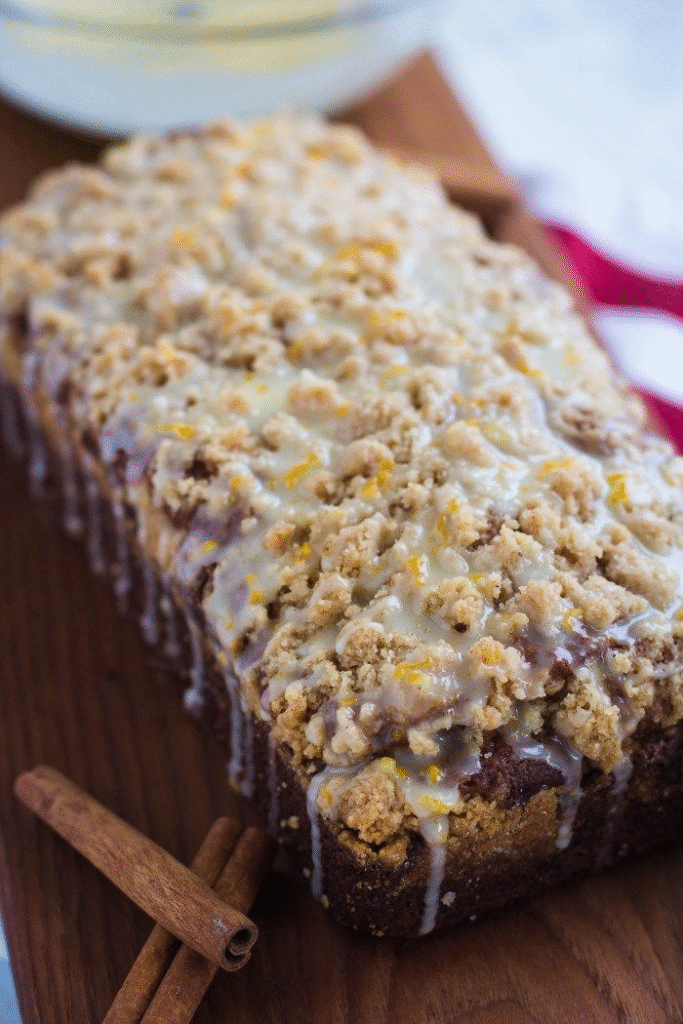
- Toast a slice and spread with butter for breakfast.
- Serve alongside coffee or tea in the afternoon.
- Use thick slices for French toast on a weekend morning.
Why This Recipe Works Every Time
This recipe balances the moisture of buttermilk, the richness of butter, and the sweet-spicy kick of cinnamon sugar in a way that’s hard to mess up. It doesn’t rely on a yeast rise, so there’s no proofing or waiting—just mix, layer, and bake.
The method is forgiving enough for beginners but satisfying enough for seasoned bakers who want something easy yet rewarding.
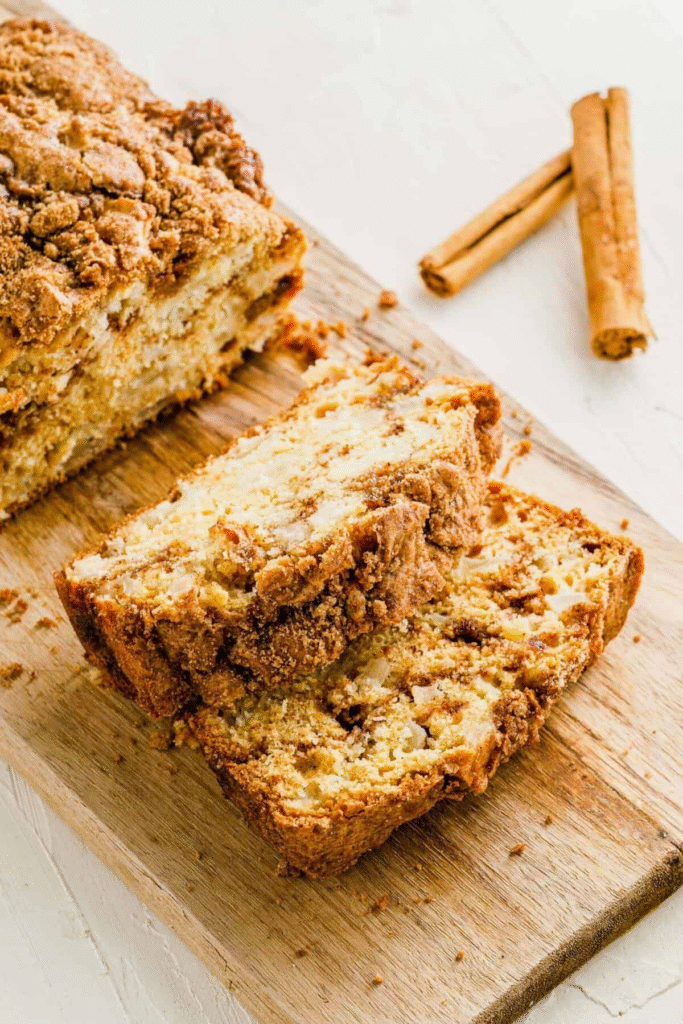
Final Thoughts
Making Amish cinnamon bread isn’t just about producing a loaf—it’s about creating something that brings people together. The smell alone can turn an ordinary Tuesday into a memory-maker. Whether you stick to the classic recipe or try your own spin, you’ll find this is one of those rare bakes that tastes as good on day three as it does fresh from the oven.

